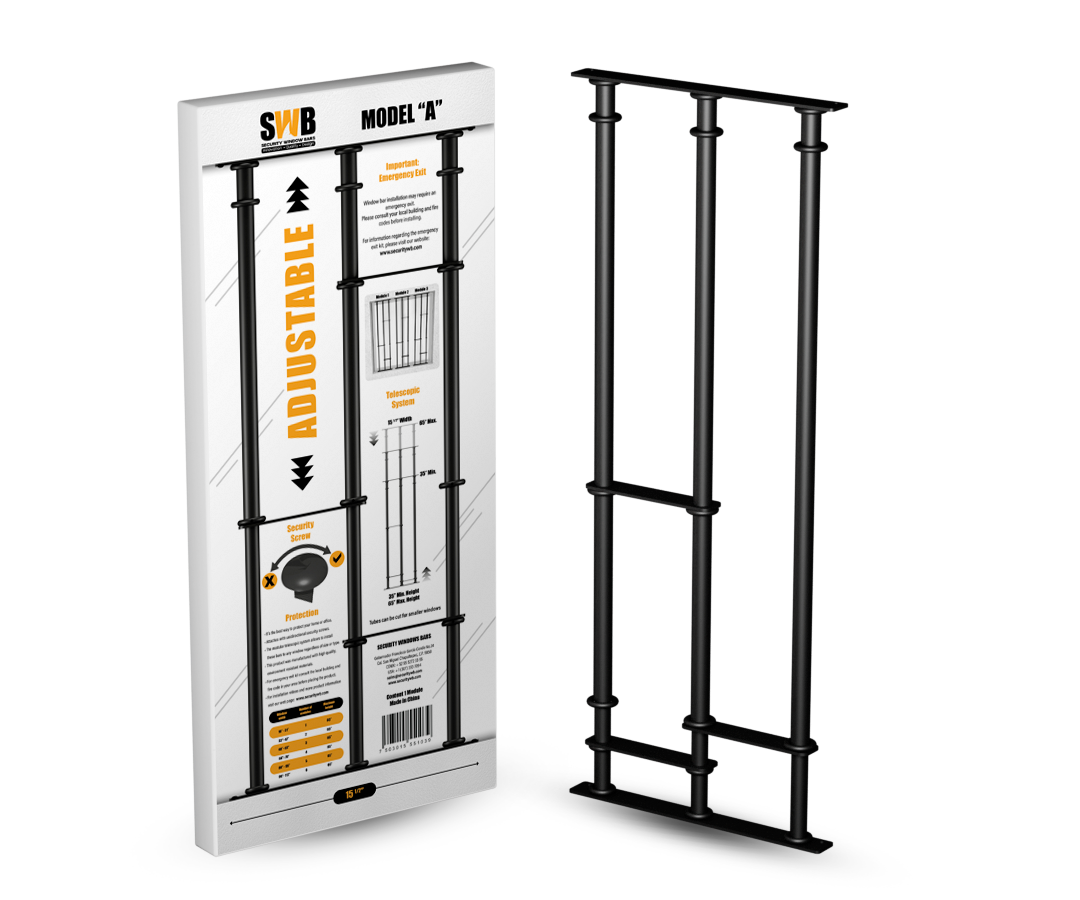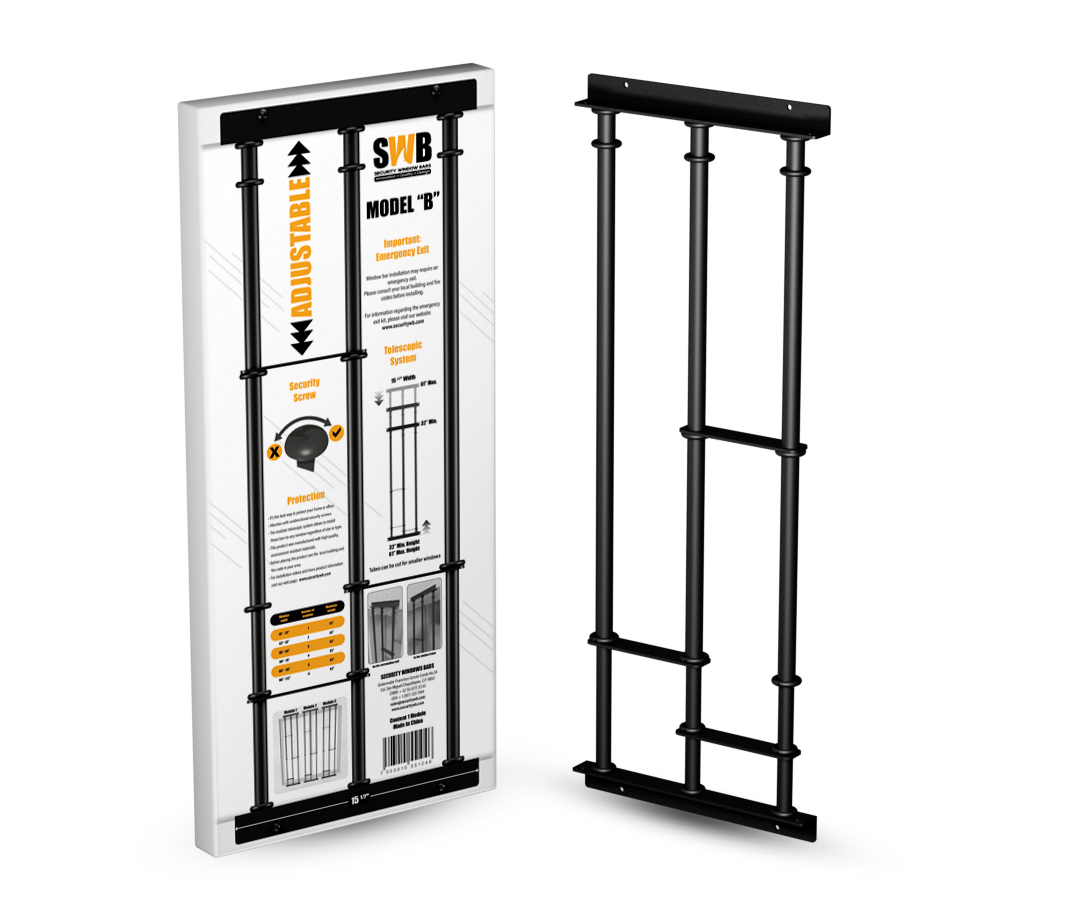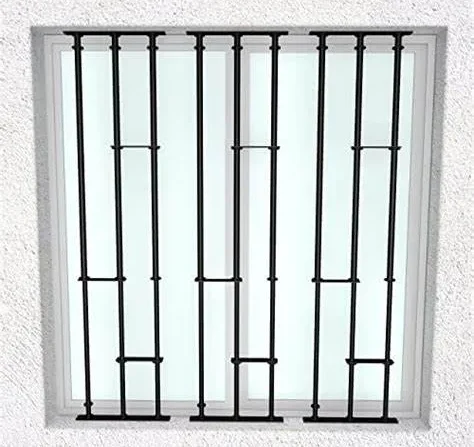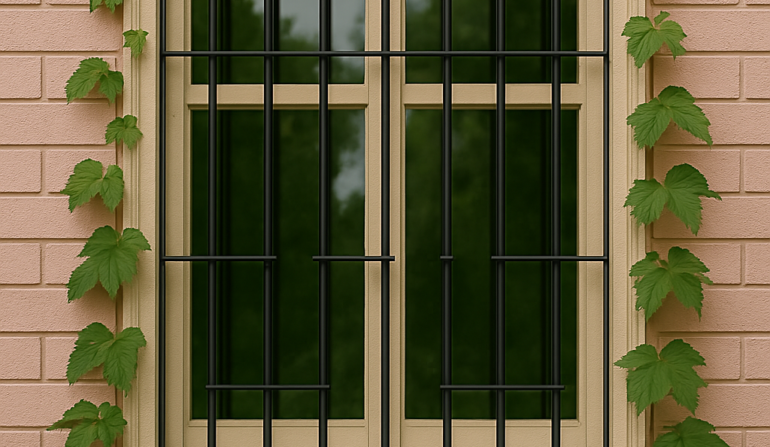Investing in Security: More Than an Expense, an Asset Protection
Before talking costs, let’s shift perspective. Installing quality security isn’t just an expense; it’s an investment. You’re investing in:
- Protecting your assets: The value of your material possessions.
- Protecting your property: Avoiding costly damage from break-ins or vandalism.
- Protecting your family: The physical and emotional safety of your loved ones.
- Protecting your peace of mind: Reducing anxiety and fear.
Viewed this way, the question isn’t just “how much does it cost?” but “what value and protection do I get for my money in the short, medium, and long term?”
Demystifying Terms: What Are TCO and ROI in Home Security?
These terms sound like corporate finance, but they’re very useful for important household decisions:
- TCO (Total Cost of Ownership): This is the sum of ALL costs associated with a product or service over its entire lifespan. Not just the purchase price, but also installation, maintenance, repairs, replacements, and any operating costs. It gives you the “full picture” of the real expense.
- ROI (Return on Investment): This measures the “gain” you get from your investment compared to its cost. In security, ROI isn’t always purely monetary. It includes tangible savings (insurance discounts, losses avoided) and intangible benefits (peace of mind).
Calculating TCO and ROI helps you compare apples to apples (or bars to bars) in a much more informed way.
Breaking Down the TCO of Security Bars (SWB Focus):
Let’s break down the TCO components when considering security bars like SWB:
1. Initial Product Cost: The Tip of the Iceberg
- This is the price you see on the tag or website.
- SWB: May have a higher initial cost than the most basic thin-steel options found at big-box stores, but generally lower than high-end custom bars made by blacksmiths. It reflects the quality of the steel, the engineering of the design (adjustable, modular, quick-release), and the finish.
- Comparison: Very cheap options sacrifice material, design, or safety (no egress). Custom options have a premium cost for personalization and artisanal labor.
2. The Installation Factor!: The Huge Potential DIY Savings with SWB
- This is a HUGE differentiator!
- Professional Cost: Professional installation of bars can cost hundreds, even thousands of dollars, depending on the number of windows, complexity, and local rates. For custom bars, it’s often mandatory.
- DIY Savings with SWB: SWB is designed for DIY installation. If you have basic skills and time, you can completely eliminate professional labor costs. This saving can be very significant and drastically reduce the total initial cost!
- Value of Your Time: If you DIY, your “cost” is your time. But many value the control and satisfaction of doing it themselves.
- Comparison: Security films almost always require professional installation. Security screens, too. Alarms vary (easy DIY sensors, complex wired systems).

3. Maintenance Over Time: Hidden Cost or Savings?
- How much time and money will you spend keeping the bars in good condition?
- SWB: Thanks to quality steel and powder coat finish, maintenance is minimal. Occasional cleaning with soap and water is generally sufficient. They shouldn’t rust prematurely or require frequent repainting like cheap options. The Quick-Release mechanism should be tested regularly (minimal time cost).
- Comparison:
- Cheap bars: Can rust quickly, needing sanding and repainting (cost of materials and time/money).
- Security film: Has a limited lifespan (typically 5-15 years). Will eventually need removal and replacement (significant product and installation cost). Can get scratched or discolored.
- Alarms: May require battery replacements, and monitored systems have recurring monthly fees (a constant operating cost!).
4. Durability and Lifespan: How Long Do They Really Last?
- Will you have to replace the solution soon?
- SWB: Built from solid steel, they are designed to last for decades with minimal care. It’s a very long-term investment.
- Comparison:
- Very cheap bars: Thin steel or poor finishes can lead to structural failure or rust-through in just a few years.
- Security film: As mentioned, has a finite lifespan.
- Alarm sensors: Electronics can fail over time.
- The Cost of Replacement: Replacing a security solution involves not only the cost of the new product but also uninstalling the old one and the new installation. A durable solution like SWB avoids these spending cycles.

5. Operating Costs (Do They Exist?): SWB vs. Alarms
- Are there recurring expenses just for having the solution?
- SWB: No. Once installed, there are no operating costs.
- Comparison: Monitored alarm systems have monthly fees that can add up to hundreds of dollars per year, year after year. This massively impacts long-term TCO!
Calculating the “Return” (ROI) on Your SWB Investment:
Now let’s look at what you “gain” by investing in SWB, beyond avoiding the replacement or maintenance costs of inferior options.
1. Potential Home Insurance Discounts: A Tangible Incentive
- The Key Question: Do insurers reward the installation of robust, code-compliant security measures?
- The Trend: Many insurers do offer discounts for security measures that reduce the risk of theft (and sometimes fire). The key is usually quality and certification/compliance.
- The SWB Advantage: Installing robust steel bars, and crucially, bars that meet egress codes (Quick-Release models) [INTERNAL LINK: SWB Egress Products], could make you eligible for these discounts. It shows you’ve taken serious, responsible steps.
- Consult YOUR Insurer!: IMPORTANT: Policies and discounts vary HUGELY between companies and states. You MUST ALWAYS contact your insurance agent to ask about specific discounts they offer for installing security bars like SWB’s and what documentation they require. Don’t assume the discount, but it’s worth investigating.
- Direct Monetary ROI: If you get an annual discount, that saving adds up year after year, contributing directly to the ROI.
2. The AVOIDED Cost: The True Giant of ROI
- This is the most significant benefit, though sometimes hard to quantify until it happens.
- Value of Protected Assets: Think about the cost of replacing stolen electronics, jewelry, tools, etc. SWB acts as a deterrent physical barrier.
- Post-Burglary Repair Costs: A broken window, forced frame, damaged door… repairs can be expensive.
- Insurance Deductibles: Even if insured, you likely have a deductible you must pay out-of-pocket for a theft claim. Preventing the theft avoids this expense.
- The Emotional Impact: The stress, fear, and feeling of violation after a break-in are incalculable. Avoiding this traumatic experience is perhaps the greatest “return” of all.
- SWB as Prevention: By being a strong visual deterrent and physical barrier, SWB significantly reduces the likelihood of suffering these avoided costs.
3. Increased Property Value?: A Potential Bonus
- Is a safer home worth more? It’s debatable and market-dependent, but:
- A visibly secure home that is code-compliant (functional egress) can be more attractive to security-conscious buyers.
- It can differentiate your property in the market.
- However, it’s not usually a primary valuation factor like a renovated kitchen. Consider it a potential secondary benefit.
4. The Intangible ROI: Priceless Peace of Mind
- What’s the value of sleeping soundly at night?
- What’s the value of going on vacation without constantly worrying about your home?
- What’s the value of knowing your children are protected from falls AND can escape in a fire?
- This emotional return, though not measured in dollars, is often the primary reason people invest in quality security. SWB offers this peace of mind on multiple fronts.
Comparative TCO/ROI Analysis: SWB vs. The Competition
Let’s put SWB in perspective with alternatives, considering everything above:
- vs. Cheap Retail Bars:
- TCO: Low initial, but potentially high long-term due to replacement (rust/damage), maintenance, and possible lack of effectiveness (not preventing the “avoided cost”). Legal/insurance risk if they don’t meet egress codes.
- ROI: Low or negative if they fail or cause egress issues.
- vs. High-End Custom Bars:
- TCO: Very high (product + mandatory pro install). Maintenance may be low if quality is good. High durability.
- ROI: Good physical protection, but the high initial cost means monetary ROI (insurance discounts, etc.) takes a very long time to materialize. No flexibility.
- vs. Security Film:
- TCO: Medium (product + pro install + eventual replacement every 5-15 years). No operating costs.
- ROI: Moderate. Offers some delay and shatter safety, but lower physical protection means higher risk of not avoiding the “avoided cost” of a successful break-in. Potentially lower (or no) insurance discount.
- vs. Alarm Systems:
- TCO: Low initial (DIY sensors) to Medium (pro system), but potentially VERY HIGH long-term if there are monthly monitoring fees. Battery costs.
- ROI: Zero physical protection (high risk of “avoided cost”). ROI relies on prompt notification and possible deterrence from stickers. Insurance discounts are common for monitored alarms but may not offset the fees.
The SWB Case: A Smart Balance of Cost, Value, and Security
SWB positions itself as a high-value option by balancing the factors:
- Reasonable Initial Cost: For the quality of material and engineering.
- Huge Potential Installation Savings (DIY): Drastically reduces the entry cost.
- Low Maintenance and High Durability: Minimizes future expenses.
- No Recurring Operating Costs: Unlike monitored alarms.
- High ROI Potential: Through potential insurance discounts (thanks to egress compliance), high likelihood of avoiding “avoided costs” (strong physical barrier/deterrence), and priceless peace of mind.
SWB isn’t necessarily the cheapest option on the shelf, but when analyzing the Total Cost of Ownership and the real Return on Investment (tangible and intangible), it often emerges as the smartest long-term investment.
Run Your Own Numbers: Personalizing the TCO/ROI Calculation
We encourage you to make an estimate for your situation:
- How many windows do you need to protect?
- Can/Do you want to DIY install SWB? Get quotes if you prefer professional.
- Get quotes for alternatives (pro film, custom bars, monitored alarm).
- Call YOUR insurance agent: ask about specific discounts for each option (especially code-compliant egress bars).
- Consider the estimated lifespan and maintenance/replacement/fee costs for each option.
- Factor in (even subjectively) the value of peace of mind and the potential cost of a break-in.
This exercise will give you a clear picture of the true value of each option for you.
Conclusion: Looking Beyond the Price Tag for a Smart Decision
The initial price is just one piece of the home security puzzle. When evaluating solutions like window bars, adopting a Total Cost of Ownership (TCO) and Return on Investment (ROI) perspective allows you to make much more informed and financially sound decisions.
We’ve seen that while Security Window Bars (SWB) may not be the cheapest option on the shelf, its combination of quality construction, durability, low maintenance, the huge potential for DIY installation savings, the absence of operating costs, and its ability to meet critical egress codes (opening the door to potential insurance discounts and, most importantly, ensuring life safety), positions it as a high-value long-term investment.
The ROI of SWB isn’t just measured in dollars saved or losses avoided, but also in the daily peace of mind knowing your home is protected by a robust, secure physical barrier – designed both to keep intruders out and let your family out if needed.
Don’t be swayed by the initial price tag alone. Consider the full picture. Invest intelligently in your security and peace of mind with SWB.
Frequently Asked Questions (FAQ) about Cost, TCO, and ROI of SWB Bars
- Q: How much can I really save by DIY installing SWB?
- A: It depends on installer rates in your area and how many windows you do, but you could easily save anywhere from several hundred to over a thousand dollars compared to professional installation.
- Q: Does my home insurance guarantee a discount if I install SWB with Quick-Release?
- A: There’s no universal guarantee. You MUST contact your specific insurance company. However, installing a security measure that is both robust AND meets vital safety codes like egress generally improves your risk profile and increases the likelihood of qualifying for available discounts.
- Q: Is it more “cost-effective” to get a cheap alarm with monthly monitoring?
- A: Short term, the initial outlay might be less. But the monthly fees add up to a significant recurring cost that drives up the TCO enormously over the years. Plus, the alarm offers no physical barrier, so the risk of suffering burglary losses (the “avoided cost”) is much higher than with bars.
- Q: If I sell my house, will I recoup the cost of the SWB bars?
- A: Not necessarily dollar-for-dollar like a kitchen renovation. But a home that is visibly secure and, crucially, code-compliant on its emergency exits, can be a positive selling point and potentially justify a slight increase in perceived value or facilitate a quicker sale.









